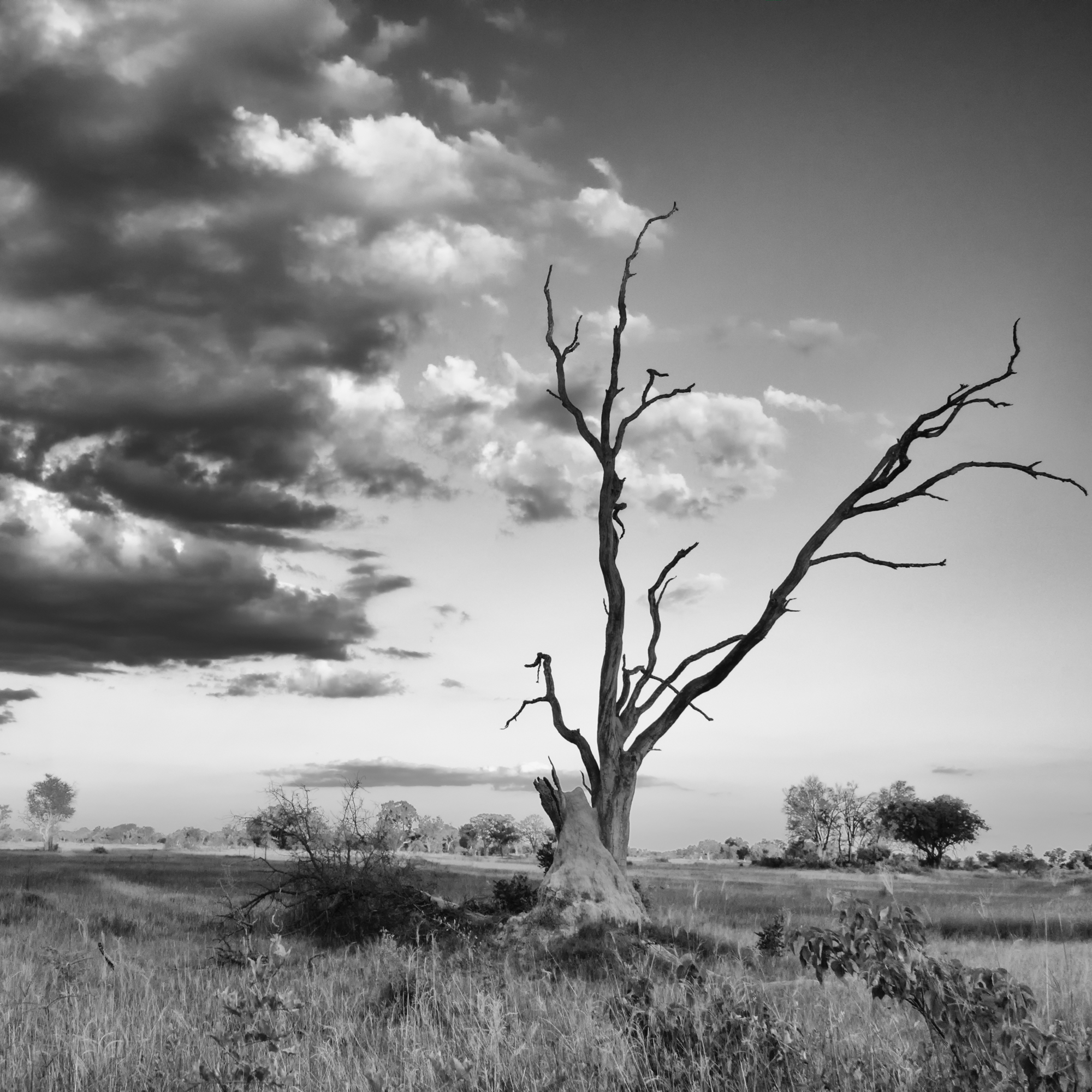This is my final instalment in a 3 part blog series on Gorilla Trekking in Bwindi Impenetrable Forest. If you missed previous posts, you can find part 1 here, and part 2 here.

As I said in my earlier post, I had a GoPro on a headmount for the trek and my regular camera. I am definitely not a videographer, and looking back, I think having the GoPro on time-lapse mode may have been a better option than video during the trekking portion, as the video is very jerky from all the motion. I was, however, able to capture the silverback Makara on a mock charge when we arrived at the gorilla family on my first trek, and having that captured alone makes all the other crappy video worthwhile.

There is a good possibility that you will be photographing the gorillas through fairly thick vegetation at some point during your time with the family. Daylight is often very filtered, with combinations of heavy shade and some very bright spots of sunlight (if you get a nice day like I did). All of this combined can make shooting pretty tricky. I kept my camera on auto ISO and manually controlled the aperture and shutter speed. I believe I had my camera on spot metering, but I think matrix would have been a better option. On day one especially, with the juveniles so active, I kept my shutter speed fairly high and as such had a high ISO, usually 3200 or 6400 for most images. I also kept my camera on auto white balance, and it did a fairly good job of capturing colours that feel accurate while I am doing my post processing. In the group I was travelling with, only myself and one other person had SLR cameras, the balance were using either point and shoots or their phones. At some points I must admit I was a bit jealous with how lightweight their cameras were!


I mentioned before that I used a harness to help keep my camera from bouncing while trekking, and another consideration would be some plastic bags or dedicated rain cover for your camera in case the weather turns. Also, make sure you have a fairly large capacity memory card as you won’t want to be changing them while at your sighting, and make sure to start your trek with fully charged batteries. If you have a camera that is a battery hog, you might want to consider keep a spare battery in your pocket, as your backpack will be with the porters and trackers during your sighting.



Gorilla trekking was an amazing experience, and one that I would certainly consider doing again some day. While it may seem silly to some that I spent such a long time getting ready for the trip, I wanted to be prepared and make sure that I wasn’t wasting my time and money by showing up for an experience that I wasn’t fit enough to do. While I was lucky to have two fairly short treks, one group on the first day I was in Bwindi didn’t return to park headquarters until around 6 in the evening, and apparently had a very strenuous and steep climb to see their gorilla group. You never quite know what is going to happen when you are out in the bush, so best to be a prepared as possible.

If you have any questions or want some additional information, please feel free to leave a comment, or get in touch via the contact form on my About Me page and I will do my best to answer.
Please visit:
www.jennifersawickyphotography.com for wildlife, landscape and nature inspired artwork.
and
https://shopvida.com/collections/voices/jennifer-sawicky for textiles inspired by my photography.
